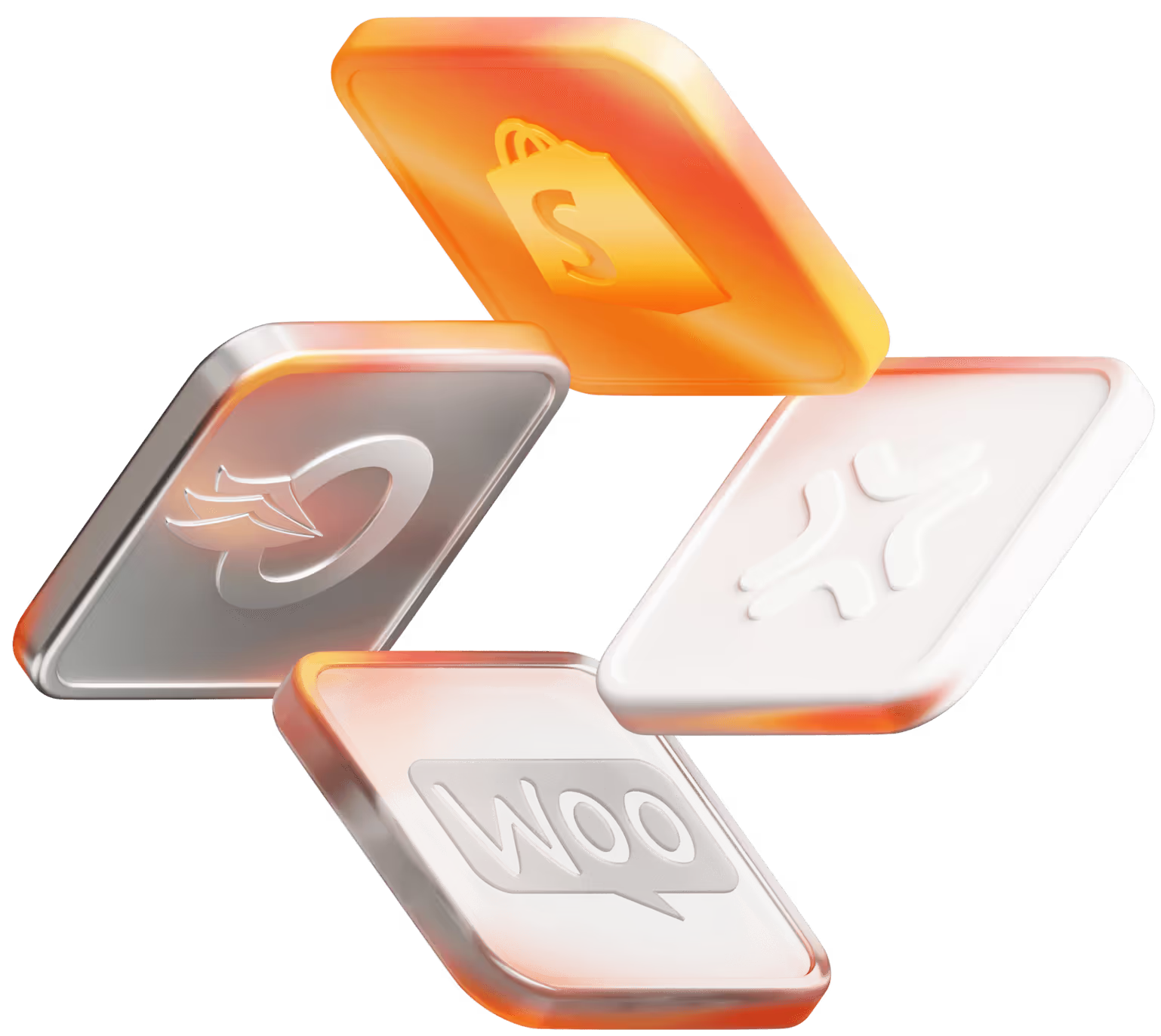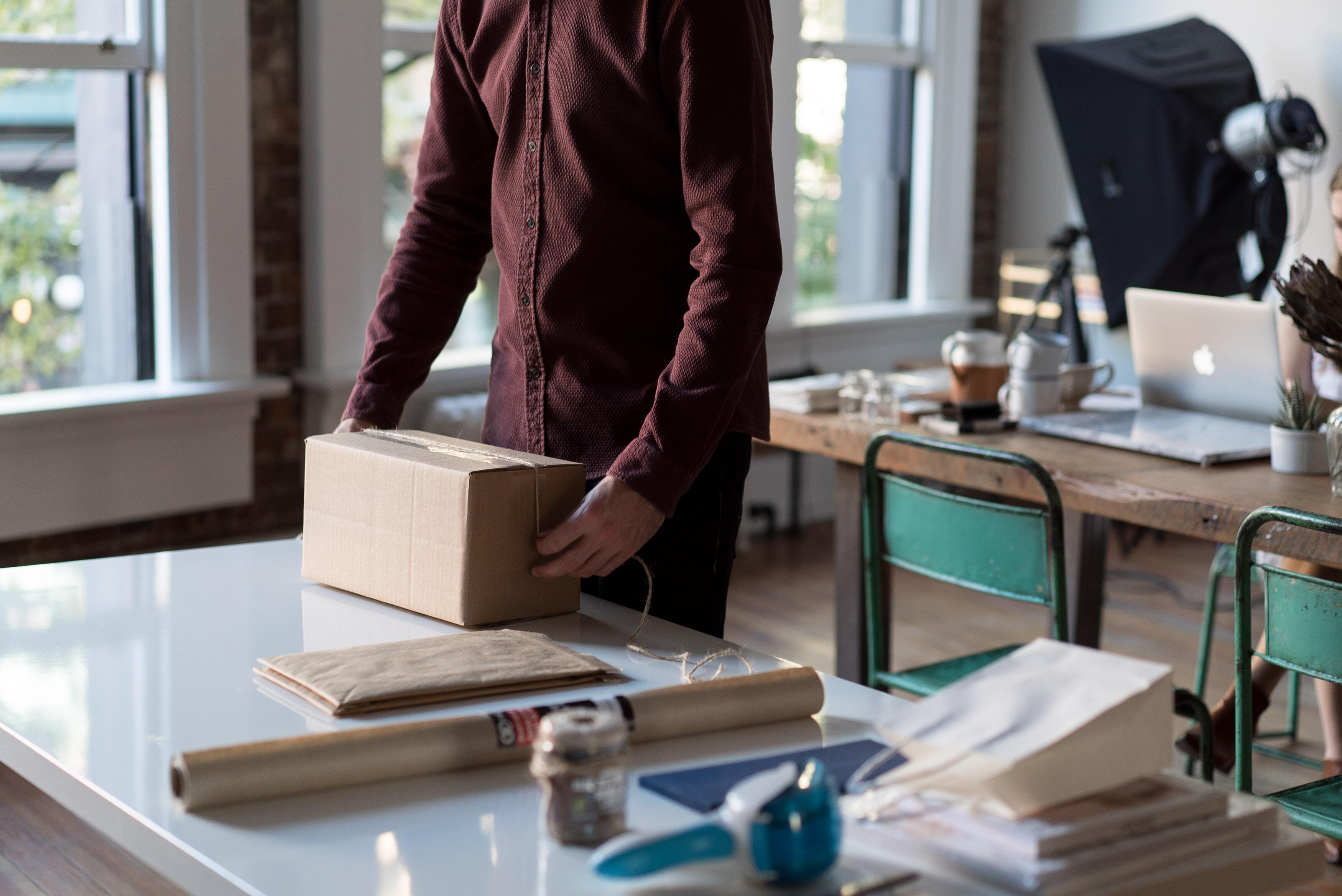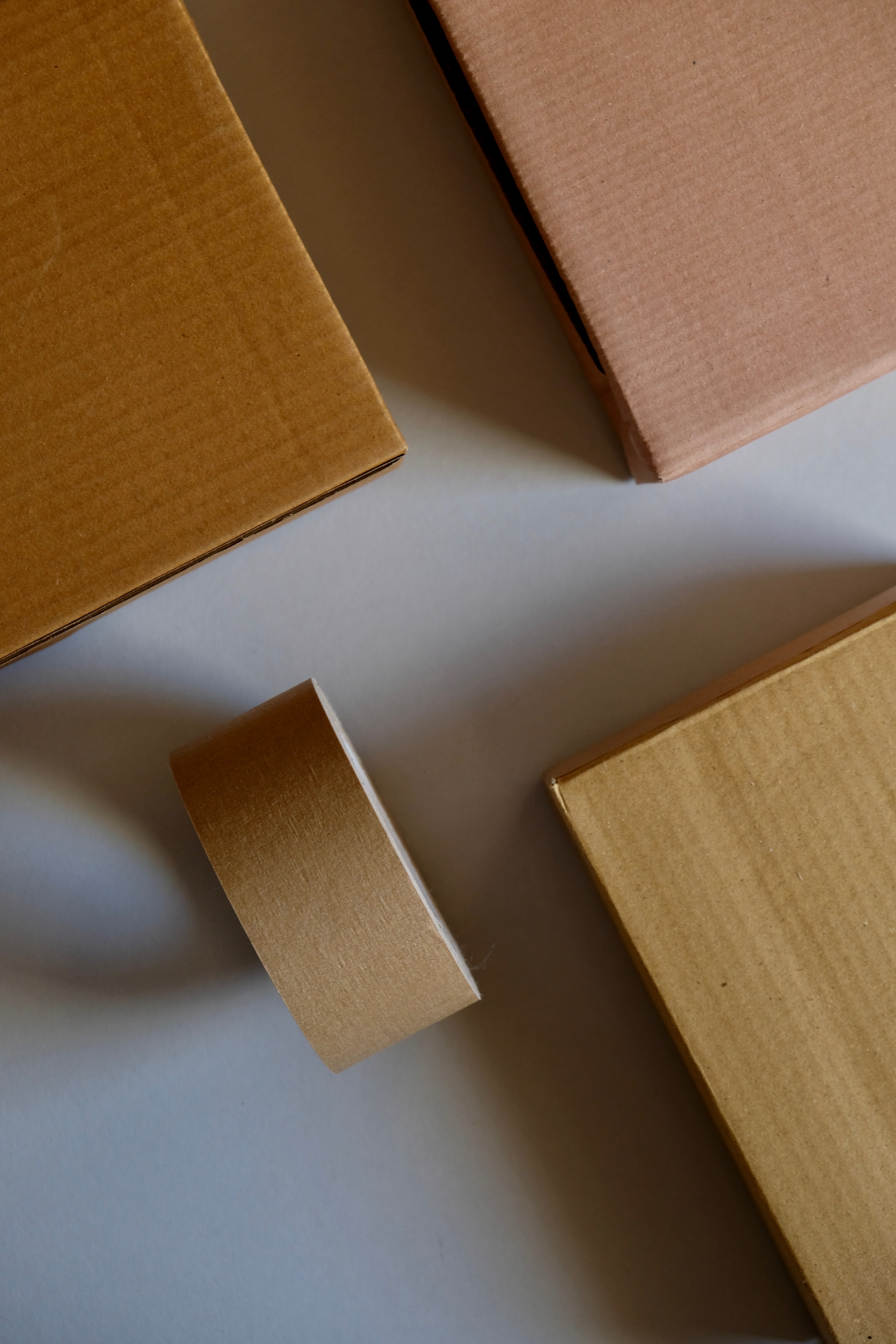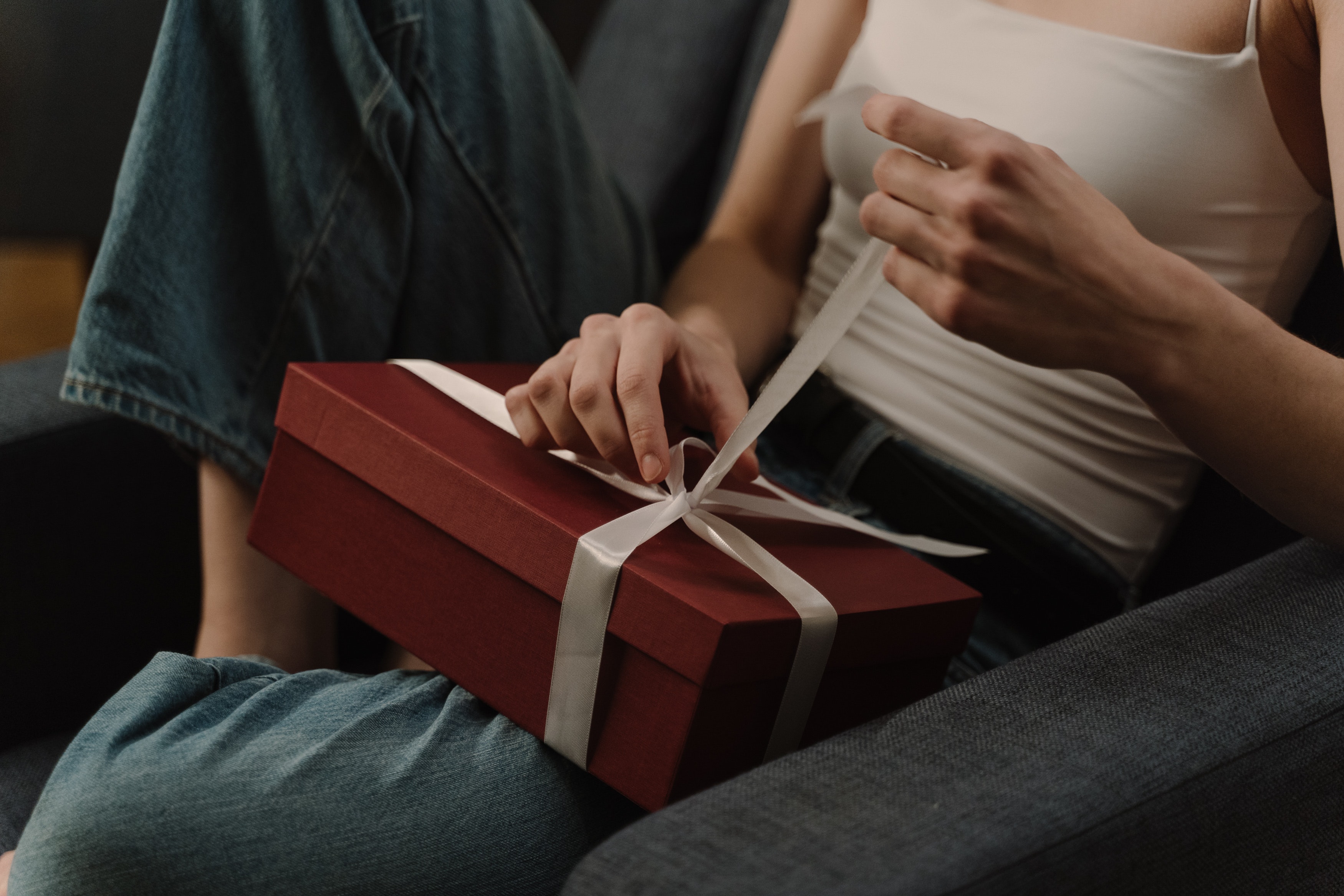E-commerce packaging - a comprehensive guide
What do you need to take into consideration when thinking about packaging for e-commerce? Read about different packaging types and materials to optimize your packaging strategy.
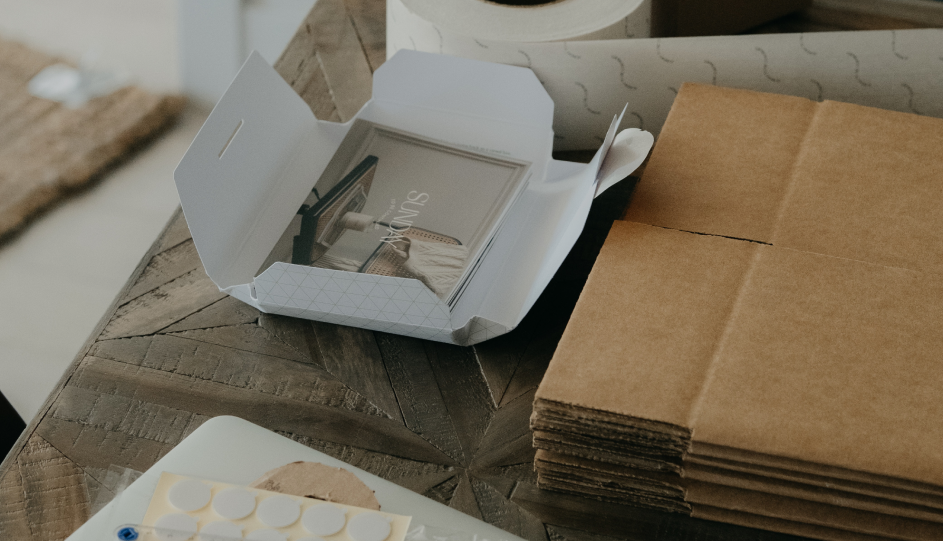
The ecommerce industry is highly competitive and more than ever packaging is a tangible part of your brand. A surge in the popularity of unboxing videos has seen the unboxing experience go from a seasonal delight, to an online buzz, and a powerful marketing tool to make your brand stand out even more.
Conceptualizing your product packaging can be an exciting and challenging task especially if you have not done it before. It can take a lot of time to research all the options and things to consider. This guide will teach you everything you need to know about ecommerce packaging including information and options for eco-friendly, sustainable and custom solutions.
Ecommerce packaging: why does it matter?
Ecommerce packaging is the first touchpoint between you and your customer. When you think through how you will differentiate your product, you’ll have to consider two distinct elements for your customer segment. These are how your product will be presented upon delivery and on the screen; and the unboxing experience for your customer.
The screen presence of your product might convince your customer to try it, but the first physical interaction with it will keep them coming back for more. It is important to find a balance between the crucial role your packaging plays in the first impression of your product with the sustainability of your packaging cost.
Marketing your brand and product is another purpose of your packaging and can be a real differentiator in the mind of consumers. You can create a sense of excitement during the unboxing experience that results in the retention of loyal customers.
Choosing the right packing material is essential as it will either make your product memorable for superior quality or for looking cheap, damaged and not protecting the products. The sweet spot is packaging that is in the words of Amazon, frustration free. Frustration free packaging needs to have little waste, be easy to open and offer a lot of protection during shipping without being expensive.
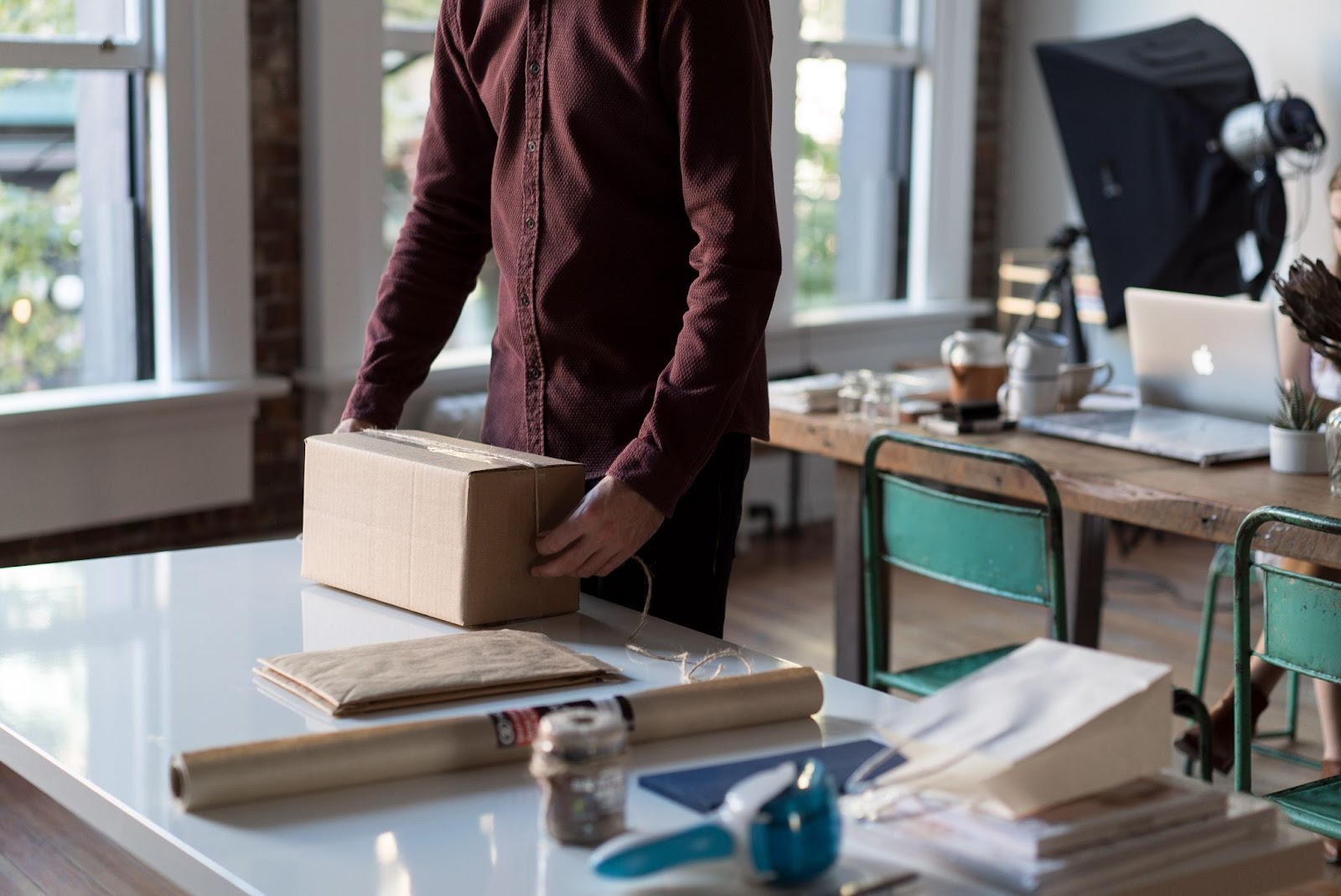
What to look out for when packaging your items:
Packaging for standard items
There is a reason that cardboard boxes are so popular for shipping as not all items need special care. These boxes are versatile, durable, easy to keep stock of, and commonly available. You can also add kraft paper and biodegradable packing peanuts for extra eco-friendly padding. You should still ensure that your box is as small as possible to save on dimensional weight costs.
Packaging for more fragile items
Fragile items need more care and require secure packaging that fits snuggly. Bubble mailers and bubble wrap does this job very well and comes in corrugated and compostable versions too.
Packaging for oversized items
The classification of oversized items varies by the carrier used, such as over 150 pounds and 165 inches in combined length and width for UPS, and 90 pounds and 130 inches For FedEx, as examples. The main consideration for this type of packing material is strength and durability.
Packaging for heat-sensitive and delicate items
With the right packing and courier, you can do almost anything like send flowers or chocolates across states without wilting or melting. Experiment with tools such as gel packs and liner bags inside a cardboard box to find the solution that works for your needs.
Packaging for hazardous goods
Hazardous products or hazmat products contain substances that can be flammable, pressurized, or corrosive and are subject to strict packaging and labeling requirements that vary by product type. Packaging functionality trumps style with these products.
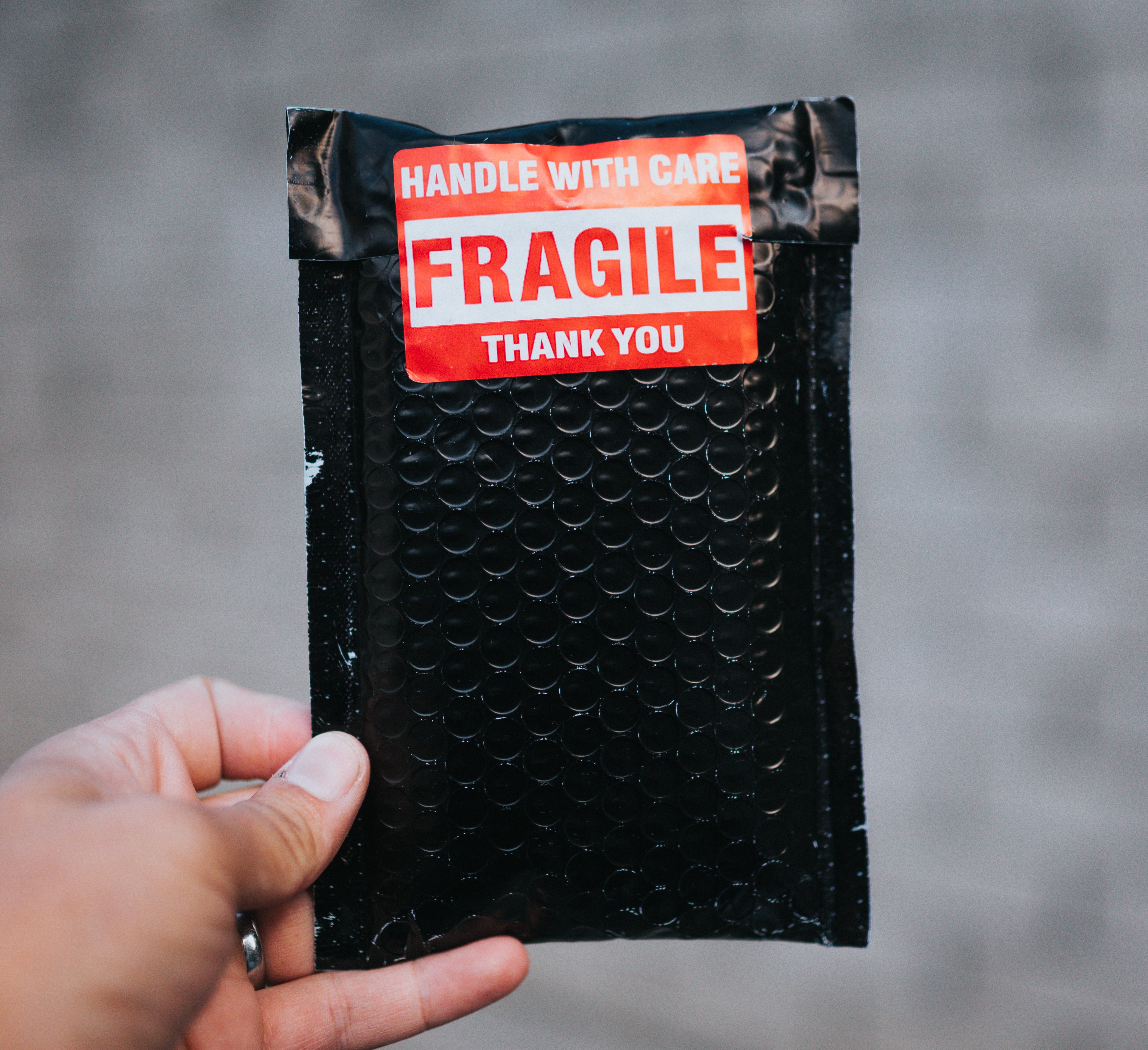
Different types of packaging for e-commerce business
Ecommerce packaging is an essential part of your brand and with the many options available it can be difficult to select the perfect one for your needs.
You need to know:
- What your goal is with your packaging.
- The transportation method you use for your products and how this might affect your packaging strategy.
- The budget you want to allocate.
- How much your competitors are spending on their packaging.
- The value your packaging is adding to the product in terms of promoting, protecting and complimenting your products.
There are many different types of packaging to select from to enhance your product and customer experience. Each option has its advantages and drawbacks.
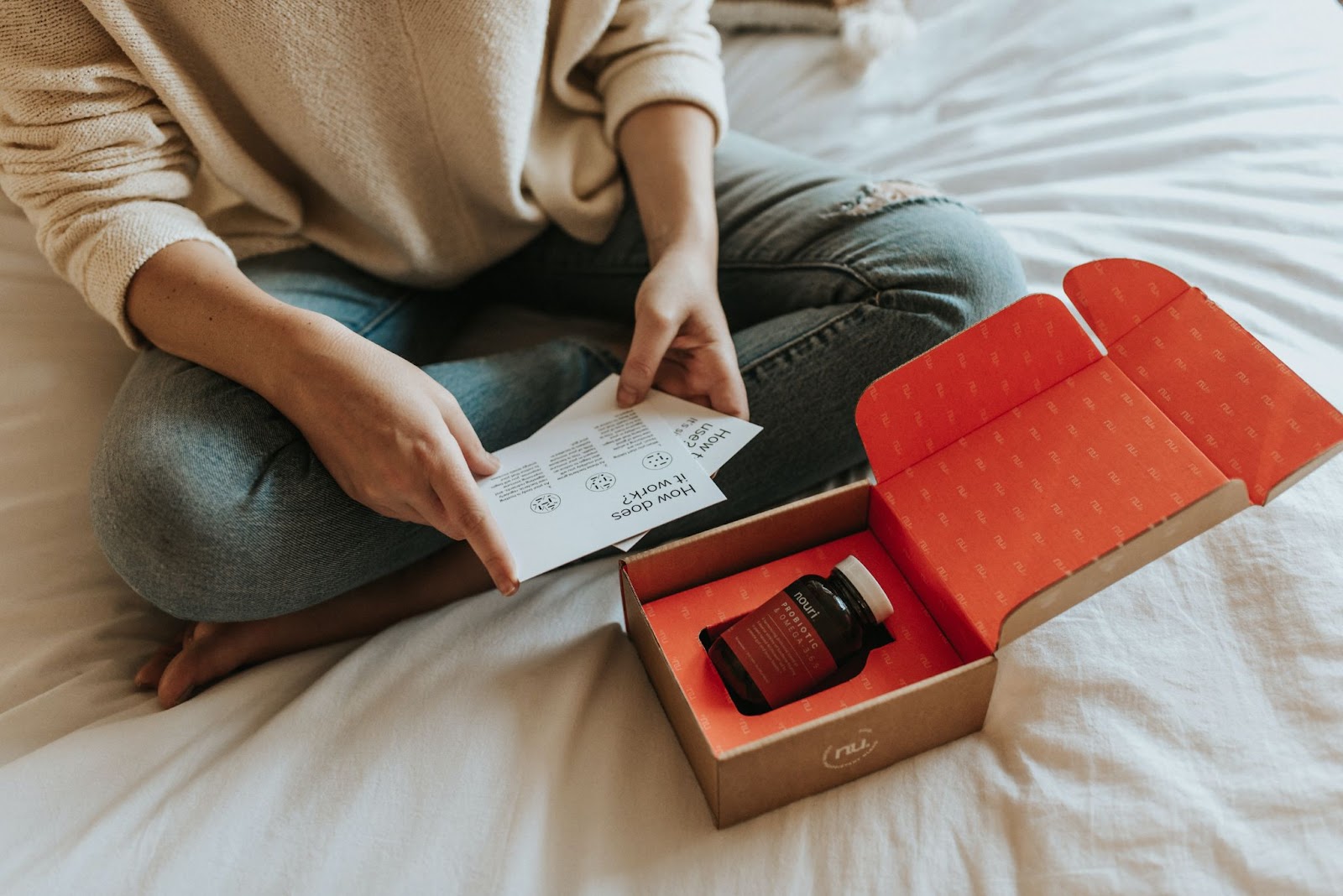
Corrugated boxes
This trusted and commonly used packaging option is sturdy and takes a bit of weight. It even provides some padding due to the corrugated material. You get the standard stock boxes and specialty boxes that differ in terms of durability and strength and can be single-faced, double-faced (single wall), twin walled, and triple-walled.
Regular slotted containers (RSC)
Regular-slotted containers have flaps that are all equal in length and at least two of the parallel sides touch in the middle. They are available in a variety of sizes and are very common for transporting contents that are not particularly heavy and for warehousing and storage. These boxes are economical.
Full overlap (FOL)
A full overlap box is a type of RSC box. The main difference is that with the FOL only two of the parallel flaps entirely cover the opening of the box. This box does require additional fasteners such as tape but provides a much more secured opening and is sturdier.
Their double- reinforced sides mean that they are unlikely to be disfigured during transportation, especially during longer trips. These boxes are used for heavy and fragile items where the contents need to remain secure.
Auto-locking bottom
An auto-locking box has a folding mechanism that allows its cardboard flaps to interlock easily by pushing down on them. This makes for a quick to assemble but sturdy bottom that does not require any additional fasteners like tape. This saving in time is handy when speedy packing and delivery are required.
Roll end corrugated boxes
These boxes are identified by their unique fastening mechanism. They have a hinged piece of cardboard that flaps over the opening and is secured into the top or the sides of the box. They use materials very efficiently with minimal overlap thus making them environmentally friendly. The options include:
· Roll End Lock Front (RELF) – flap slide into the front of the box and offers the most secure closure. Ideal for shipping, mail deliveries, subscription boxes, and many small items.
· Roll End Tuck Top (RETT) - lid with flaps that tuck into the top of the box and can have just one front flap or an extra two flaps at the sides, which are called dust flaps. Fastens less securely and is not ideal for shipping but great for non-shipping deliveries and transportation, pastry boxes, and pizza boxes.
Chipboard and paperboard boxes
Chipboard boxes are constructed from a lightweight, thin layer of pliable, bending chip cardboard that comes in a variety of thicknesses. The natural brown or kraft unbleached material is known as chipboard. Kraft cannot handle moisture well and is less suitable for food-related products, or frozen-goods boxes.
The fibrous materials from wood or the pulp from recycled waste are turned into paper and then bleached white with Solid Bleach Sulfate (SBS). This is known as paperboard. These boxes are strong and light and easy to cut and fold. It comes in various grades.
This is great for medicines, milk and juice, frozen food and cosmetic packaging.
A rigid box is made out of highly condensed paperboard that is about 4 times thicker and is durable with a premium appearance. They do not need dies and are often hand-made. They are among the most expensive box styles and as they do not collapse, they have a higher volume during shipping.
These boxes are typically used for high-end items such as technology, cosmetics, jewelry, and high-end luxury couture as it is easy to add features such as windows, compartments, etc.
Poly bags
When packaging needs to be really cheap and items are not fragile it is time to use a bag for shipping. Poly bags or mailers are made from polyethylene and are lightweight, flexible, and affordable. You get a variety of different closures that can be fully customized in design, style, features and sizes.
These are great for food items, flowers, and magazines. Single layer poly bags are ideal for the shipping of products such as powders, beads, technological parts or clothing garments.
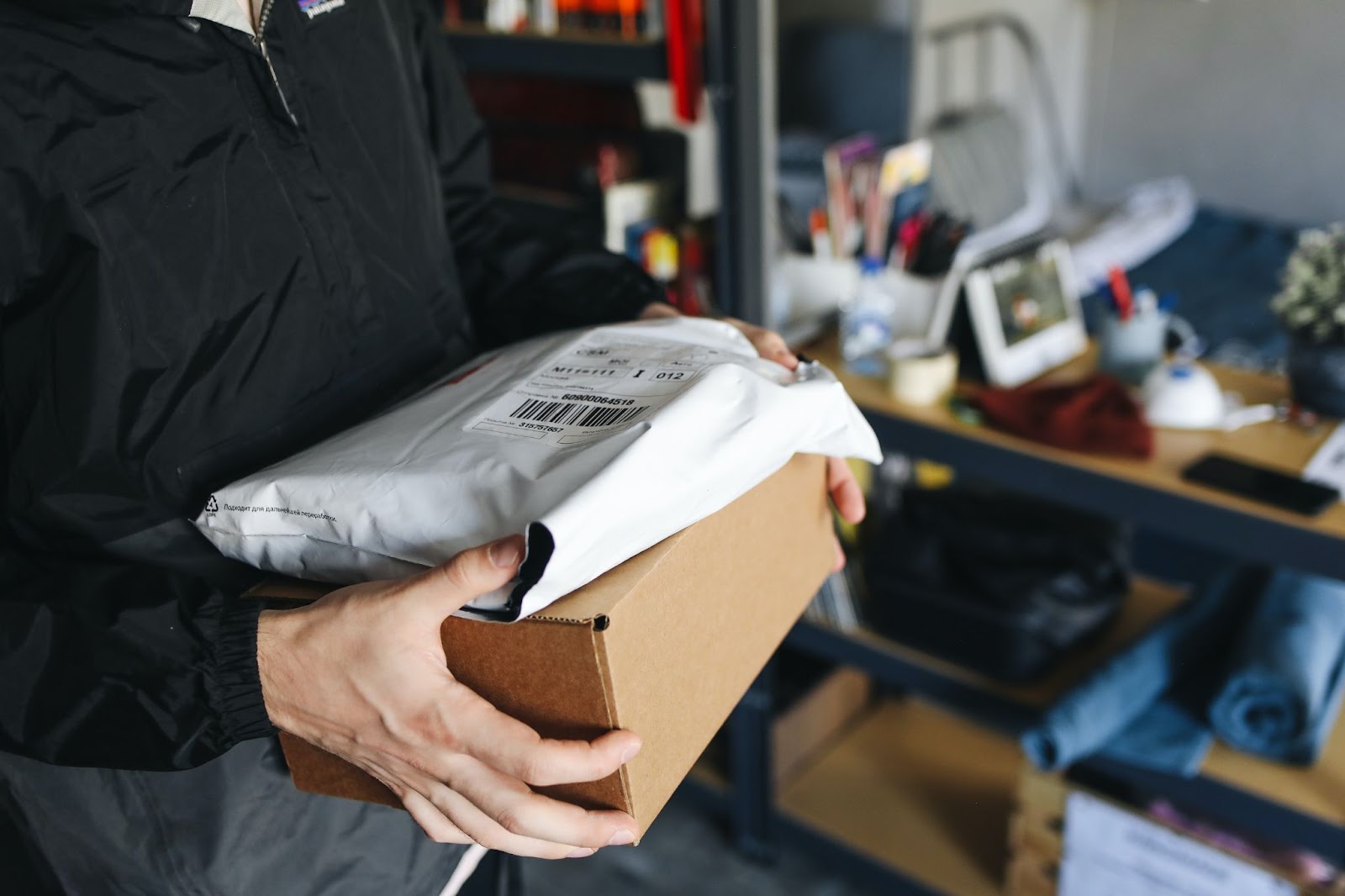
Foil sealed bags
Sealed foil bags are ideal for products where you want to retain the flavor and prevent contamination from bacteria. It increases the shelf life of products such as nuts, cereals, smoked fish, cheese and cured meats.
It can also be used for bedding and clothing as all the air is removed to keep the fabric tight and mold free.
Bubble mailers
Bubble mailers are generally created with a more durable exterior poly layer with an internal layer of bubble wrap. They are ideal to mail small items such as accessories, and tech products but are flexible and not great for fragile products or items that should not be bent.
Packaging materials: what to make your packaging out of
Packaging materials need to keep products fresh, safe and intact while also creating a brand statement to differentiate your product from the competition. Using sustainable materials for instance appeals to modern consumers and their brand impression.
The packing material you select needs to be suited to the product and method of shipping as your packaging needs to protect the contents from damage. Damage can be caused by extreme temperatures, electrostatic discharge, vibration, dropping and crushing weight. It also needs to protect against contaminants, humidity and dust and tampering during transit.
It is important to change your packing material according to the product being shipped.
The external packaging options such as the different types of boxes, poly and foil bags have been discussed, but there are internal and product specific packing options to also consider.
Cotton
Cotton is a natural and one of the eco friendly materials for packaging that is soft and breathable. It is customizable but does not offer much protection.

Plastics
Plastic is very versatile and can be used for heavy-duty shipping cartons, airtight plastic wrapping or thermoformed plastic blister packs for protection. Plastic is durable, and waterproof and if recyclable materials are used can also make eco friendly packing materials.
Dunnage
Dunnage is the inner packing material used to protect the items inside the shipping packaging from shock, moisture, dust and shifting. This includes molded plastic blister inserts, bubble wrap, Styrofoam (polystyrene) inserts, various types of paper such as kraft and tissue, air packs, cardboard egg box-style padding, and EVA foam.

Types of electronics internal packaging
Electronics packaging needs to also protect against electrostatic discharge (ESD), high-frequency noise, moisture, humidity and temperature extremes to protect electronics. Options to consider include anti-static bags, coated antistatic cardboard, antistatic plastic foam and various plastics options.
Sustainable packaging
More and more, consumers are looking for e-commerce brands that offer sustainable solutions. Besides the product, customers increasingly place value on sustainable packaging materials.
Sustainable packaging is all about how the company manages its packing material and can be seen as:
- Using fewer materials
- Using sustainable materials and suppliers
- Finding multiple uses or a second life for your packaging
- Improving your delivery options, storage space optimization, waste disposal, and environment-friendly practices
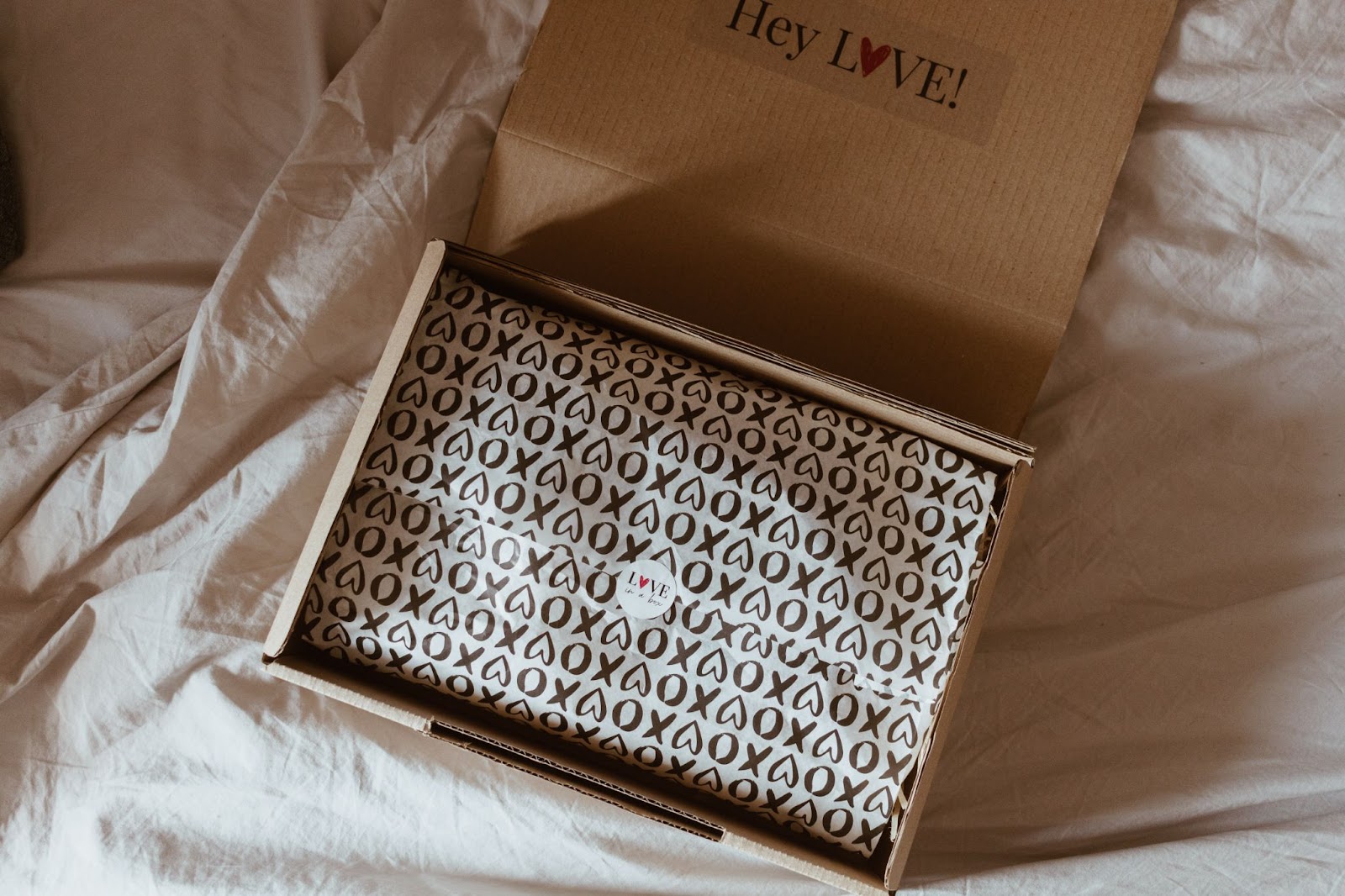
There are many sustainable packaging options available such as mailer boxes, bio poly mailers, and kraft tapes. All are made with recycled and sustainable materials and are biodegradable.
There are a few sustainable packaging strategies to follow depending on the size of your company. For the SME it is more cost-effective and efficient to use tailor-made eco-friendly packaging solutions, while large online retailers can create custom-made eco-friendly packaging solutions.
There are a few simple steps to start your journey:
- Analyze if your packing materials are absolutely necessary
- Make sure your packaging is appropriately sized
- Check to see if your material is eco friendly
Sustainable packaging has the dual advantage of appealing to the eco conscious consumer and differentiating you from the competition and doing good for the environment.
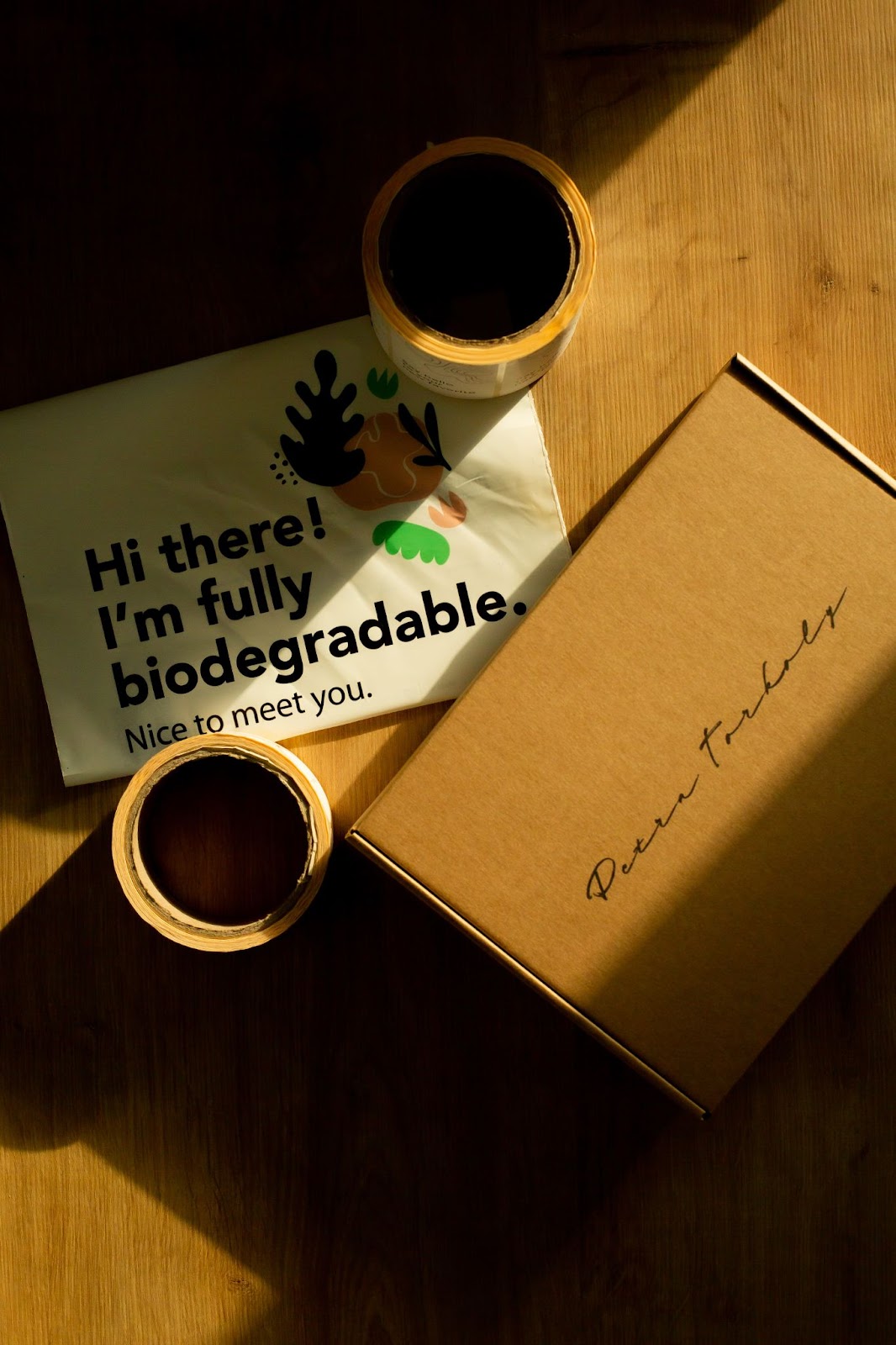
Eco-friendly packaging
Your packaging design and materials will impact how eco-friendly your packaging is. You need to minimize plastic packaging waste and use biodegradable packaging materials that are safe for the consumer and the planet throughout its lifecycle.
The advantages of eco-friendly packaging include:
- That it is better for the future of our planet.
- Aligns your business with the expectations of consumers and regulators.
- Contributes to a favorable impression of your products.
Consumers want more than just eco-friendly products; they also want recyclable packaging, reusable packaging and eco-friendly packaging boxes.
There are different types of eco-friendly packaging ideas such as paper and cardboard, bioplastics, biodegradable plastic material, plant fibers, inflatable air pillows, and corrugated bubble wrap.
Custom packaging
Ecommerce retailers have long learnt the marketing potential of their packaging and these have far outweighed the traditional protection role it had. Nothing maximizes this marketing opportunity more than the use of custom packaging.
Custom or personalized packaging is about using customized packaging that reflects your brand personality. If your brand is about luxury use packing material that reflects that image in custom labels, custom tape, subtle colors, stickers, and personalized packaging boxes.
There are many benefits to using customized packaging such as:
- Increase in perceived brand value
- Better protection designed for your product with custom packaging boxes
- Significant personalized customer experience
- Boost of brand recognition
- More shares on social media- great return on investment of custom packaging for small business
- Create better brand loyalty and customer experience
Hive - your holistic packaging partner
Packaging is clearly a key part of your e-commerce brand, but it can be a challenge procuring and using the right packaging. By partnering with a 3PL partner like Hive your packaging journey can be made simpler.
Hive’s dedicated packaging team can help you with everything from procurement, to reordering, and even help you with design.


